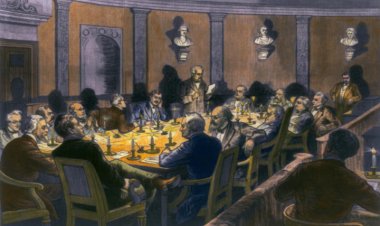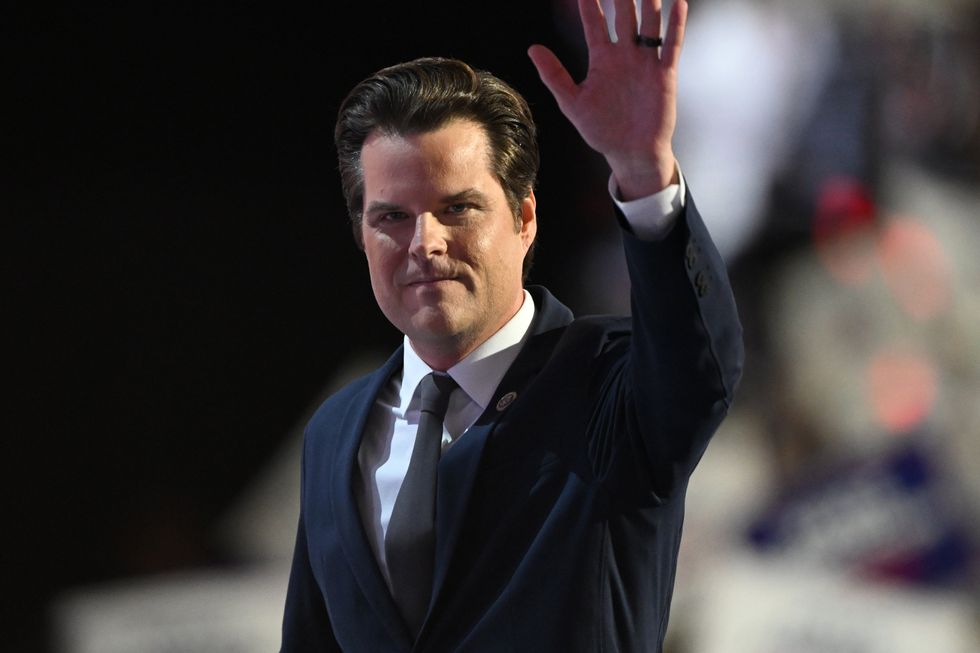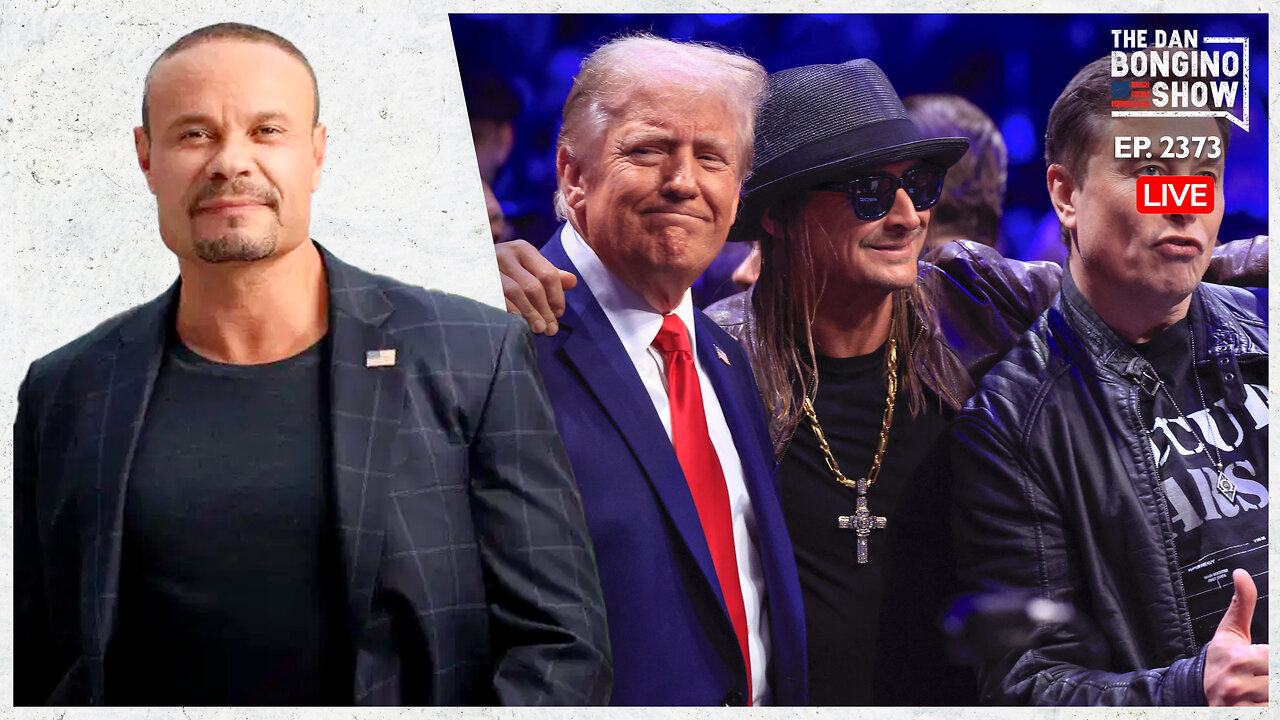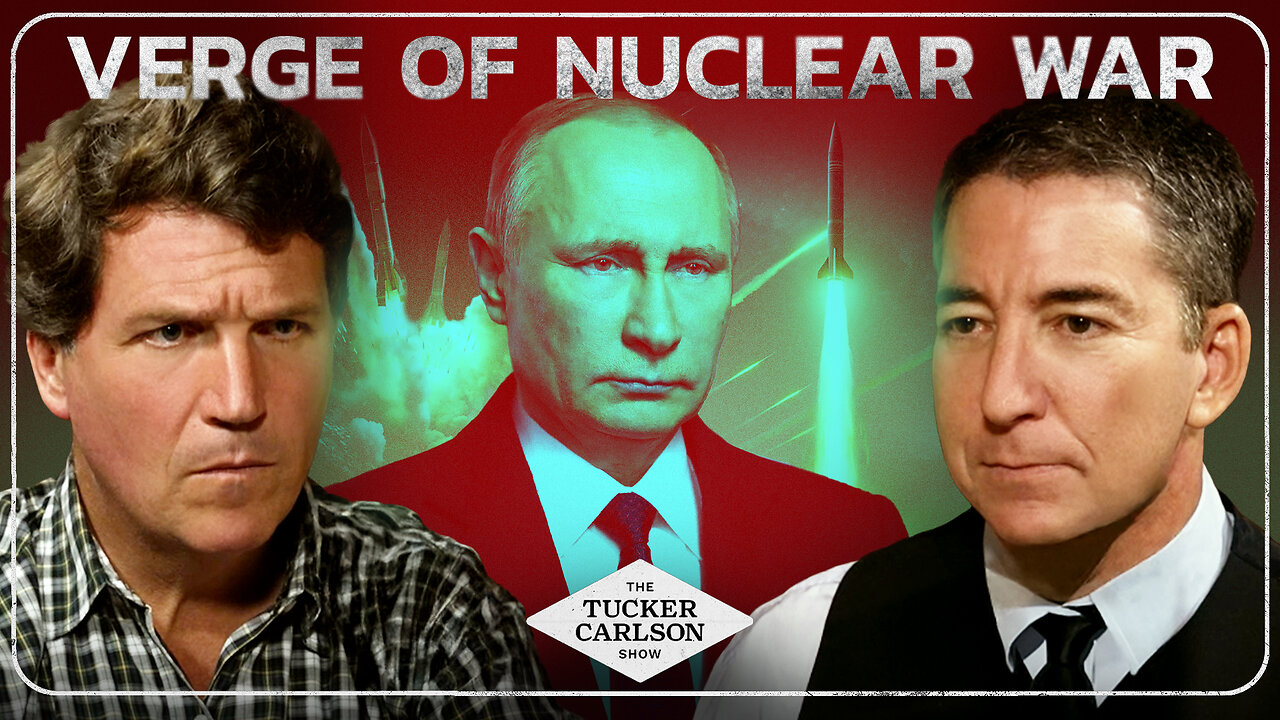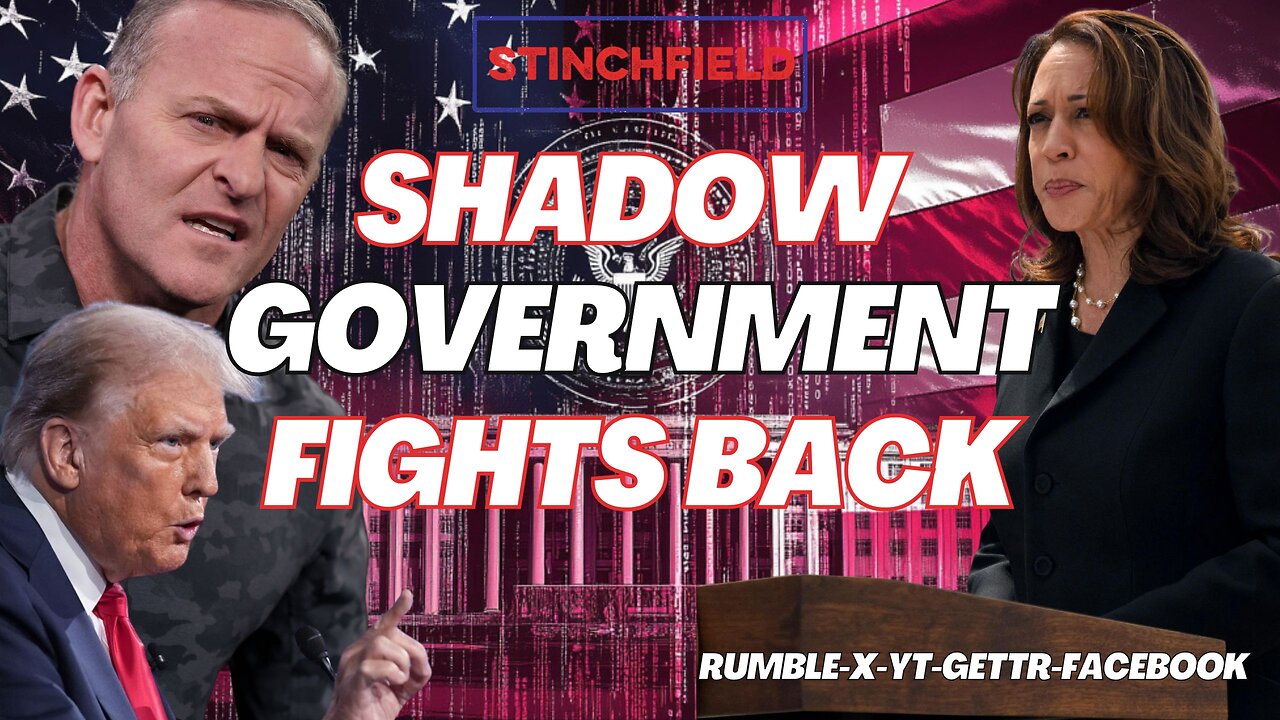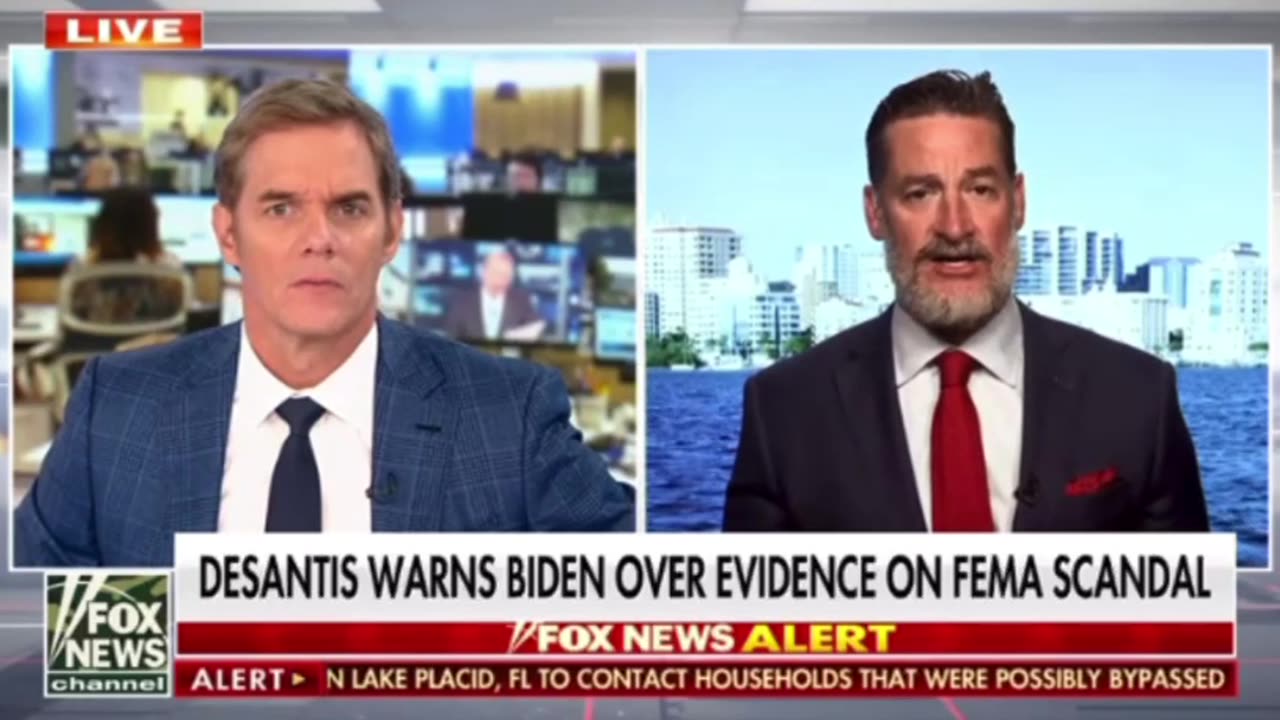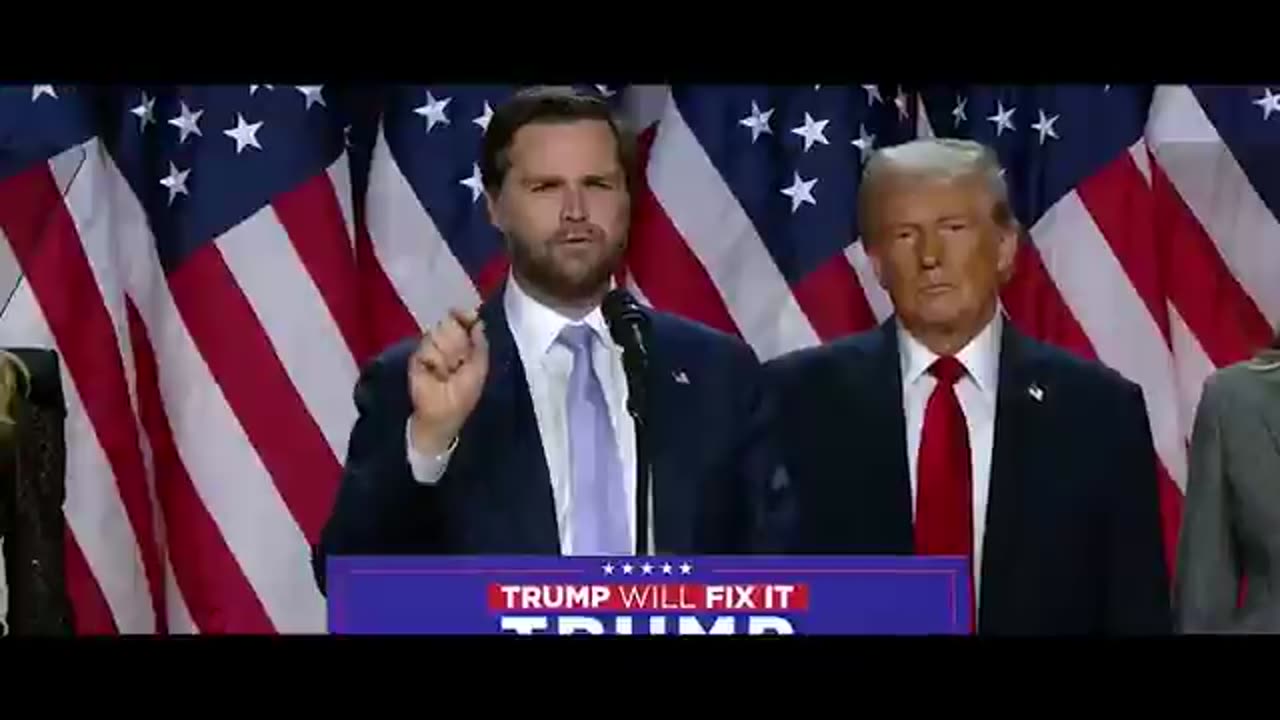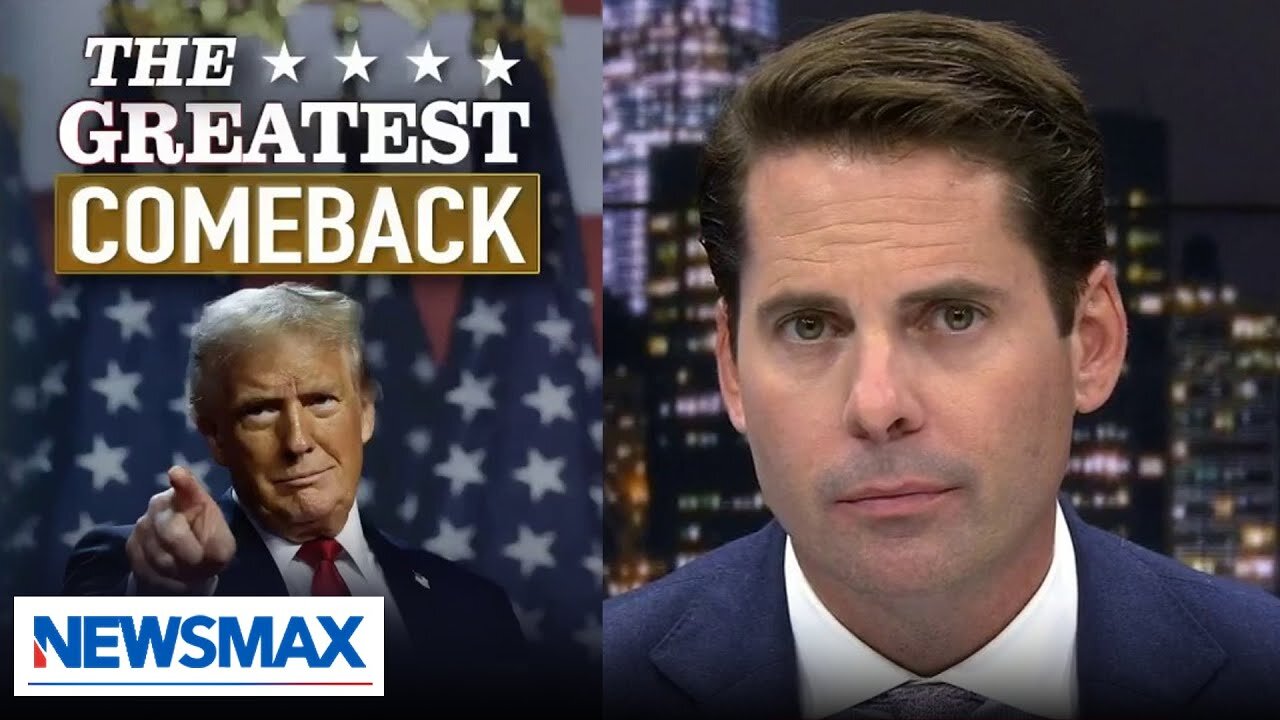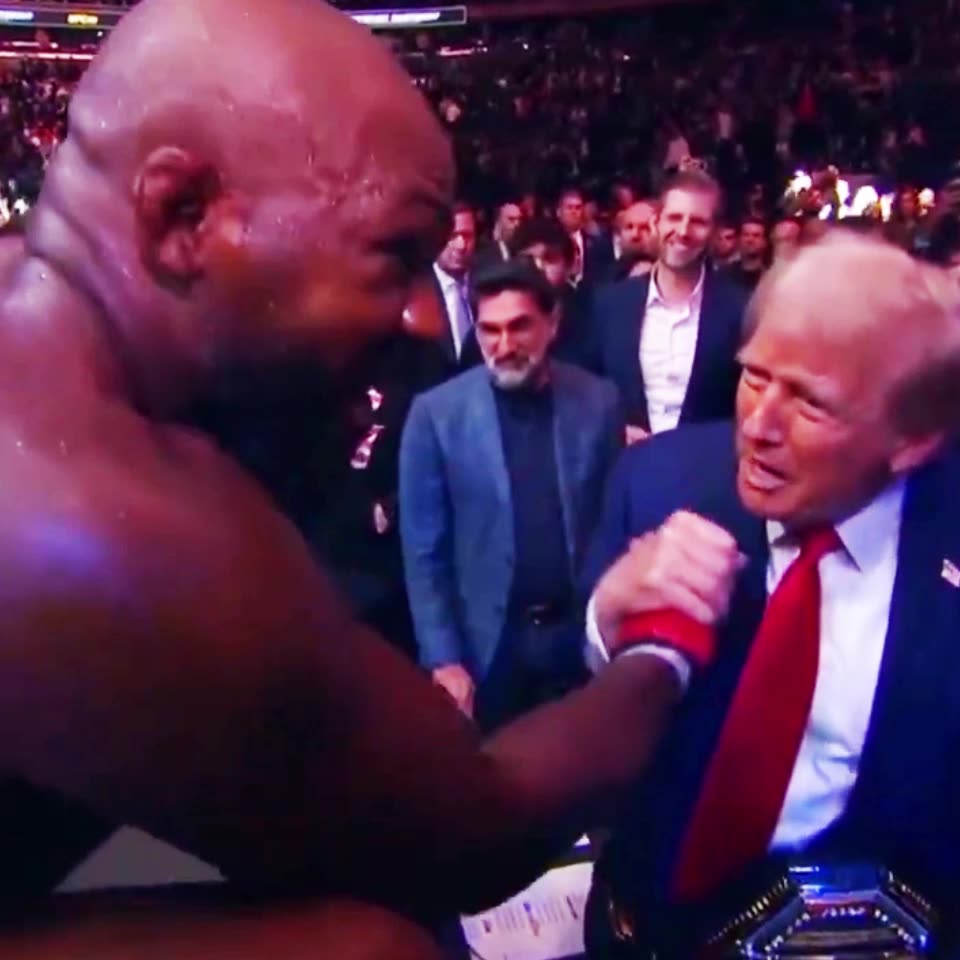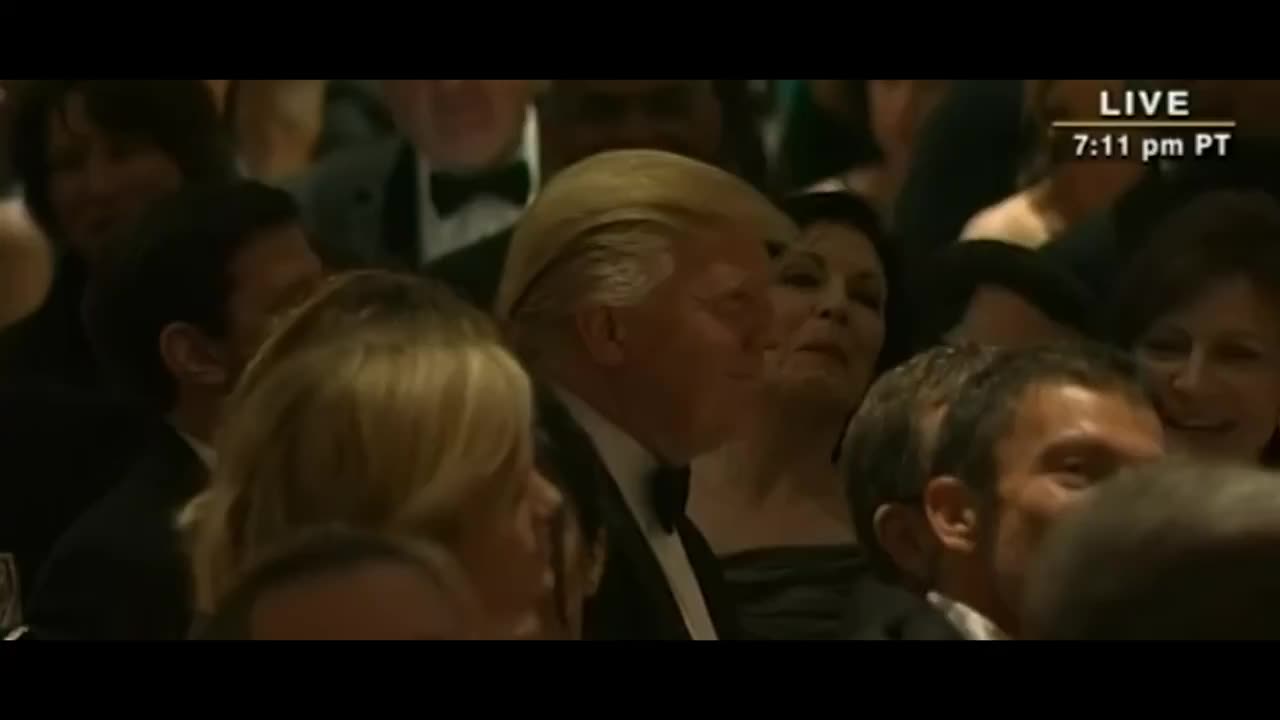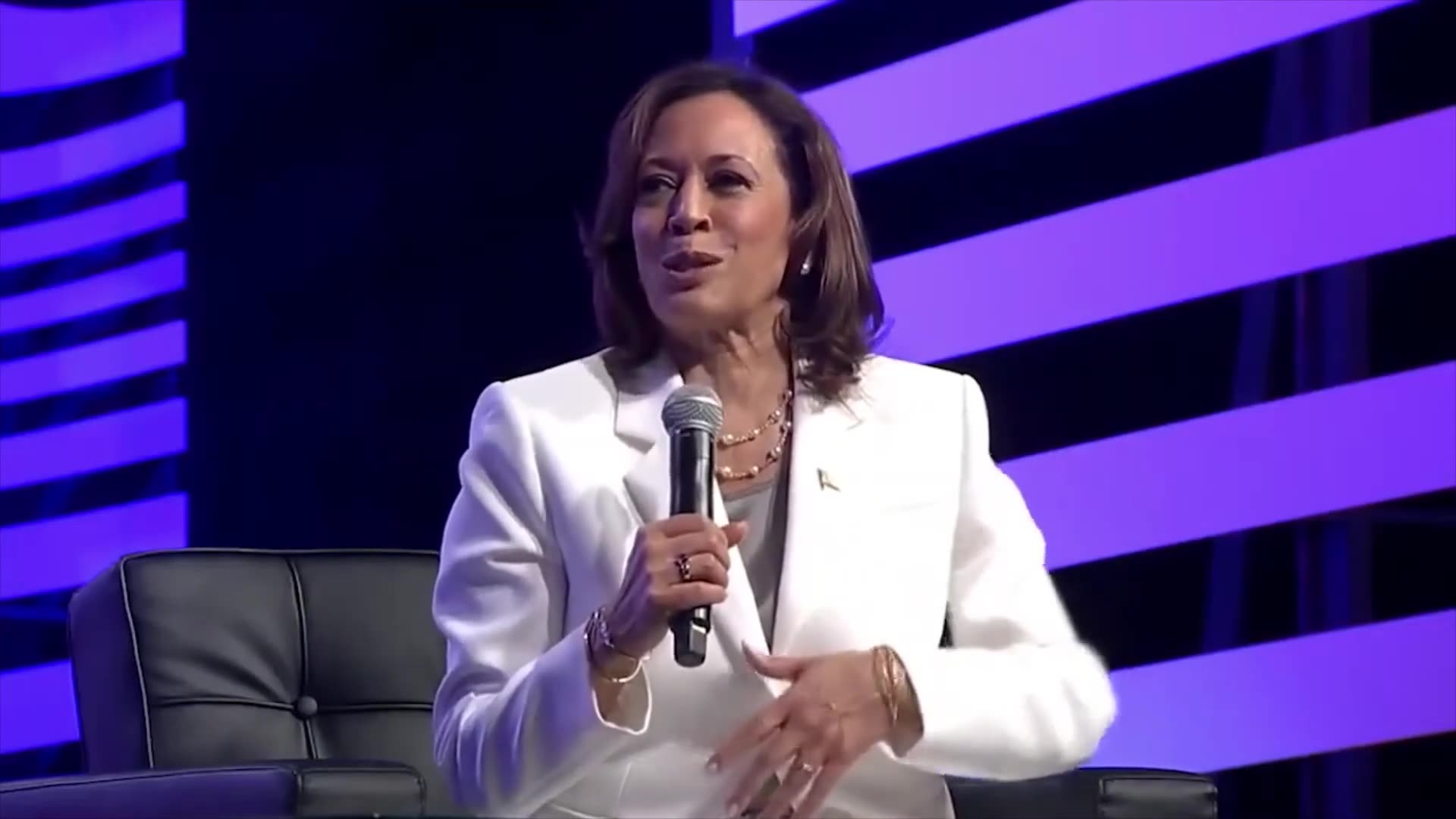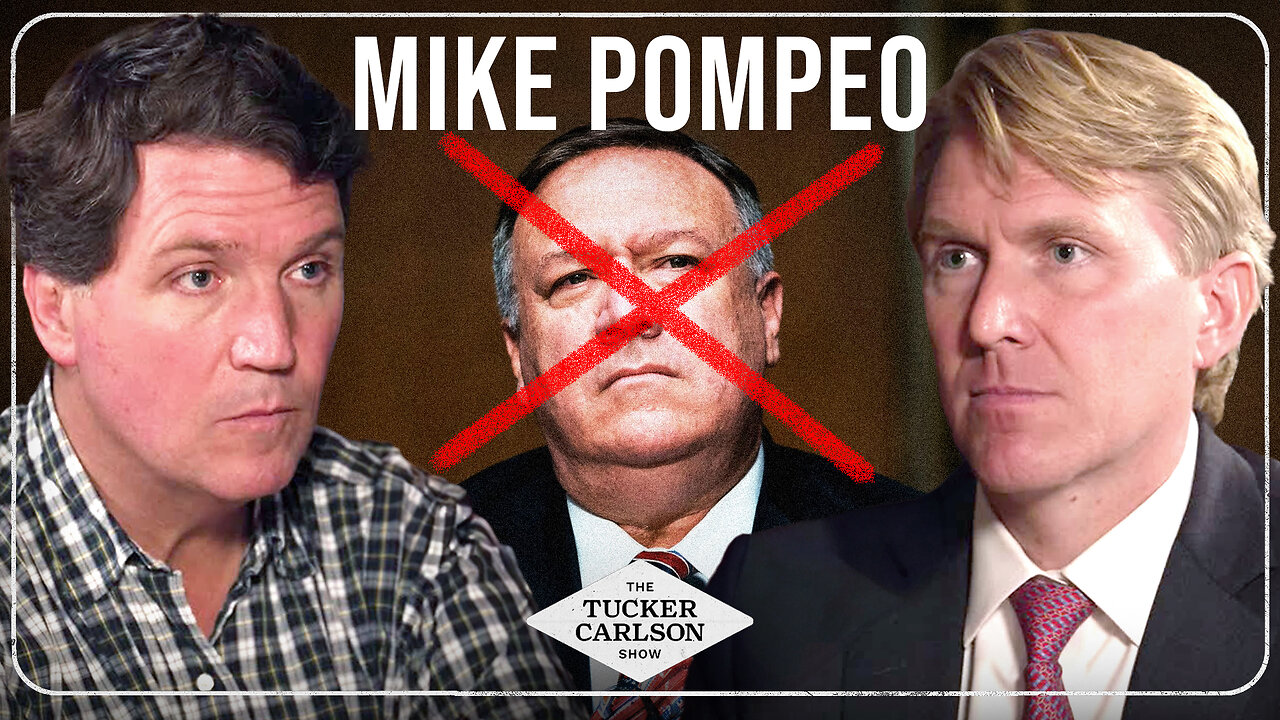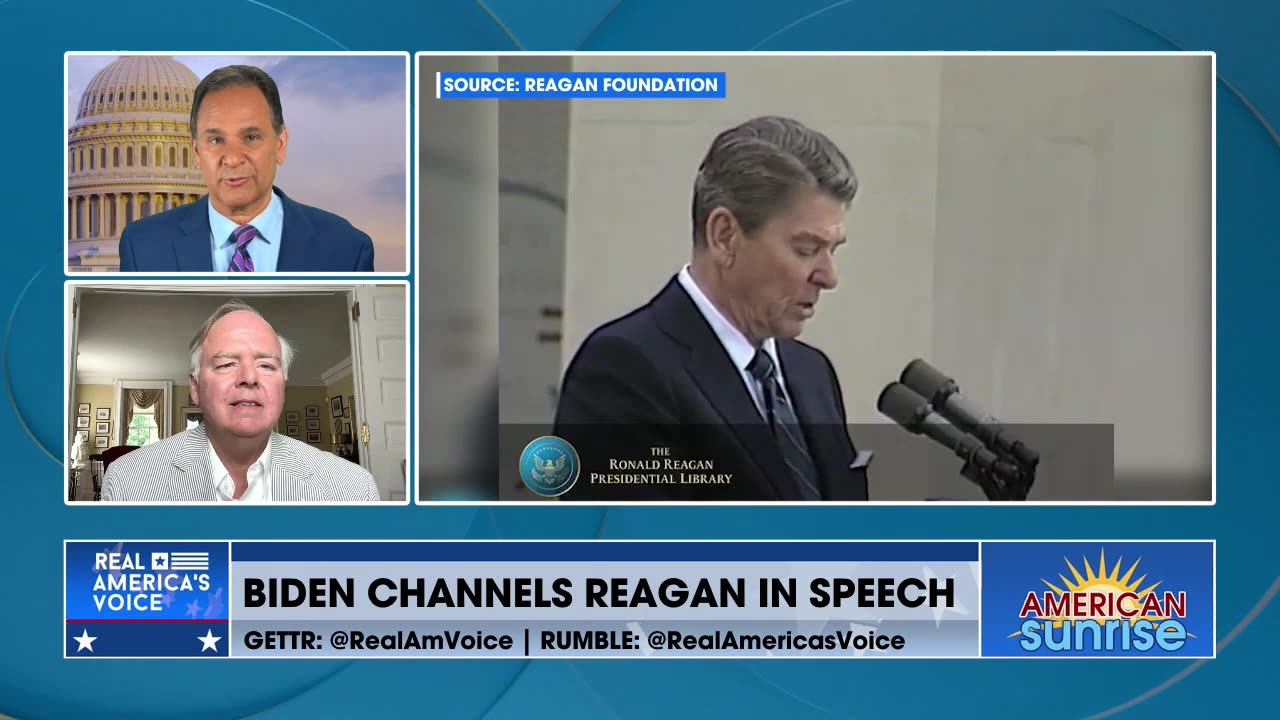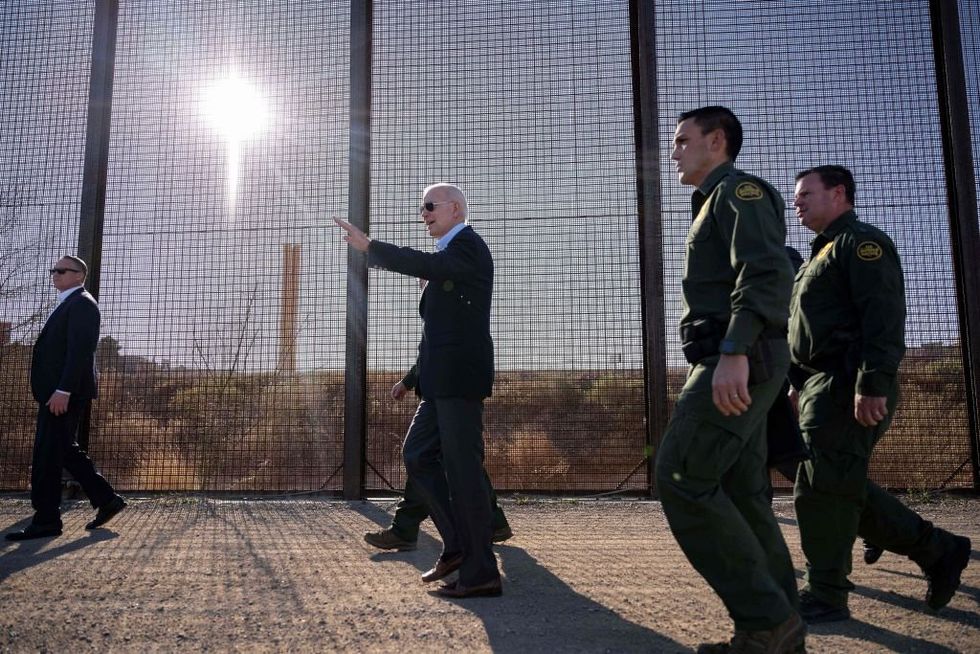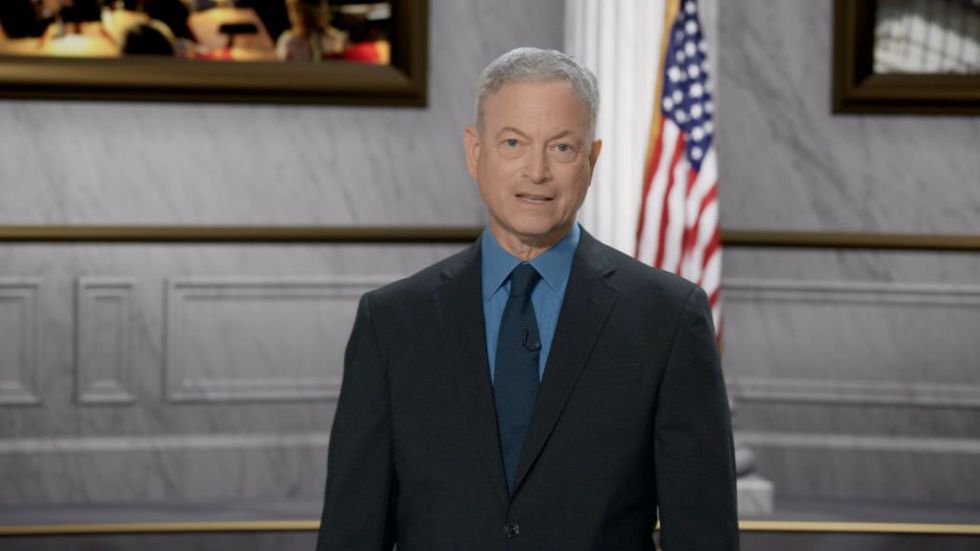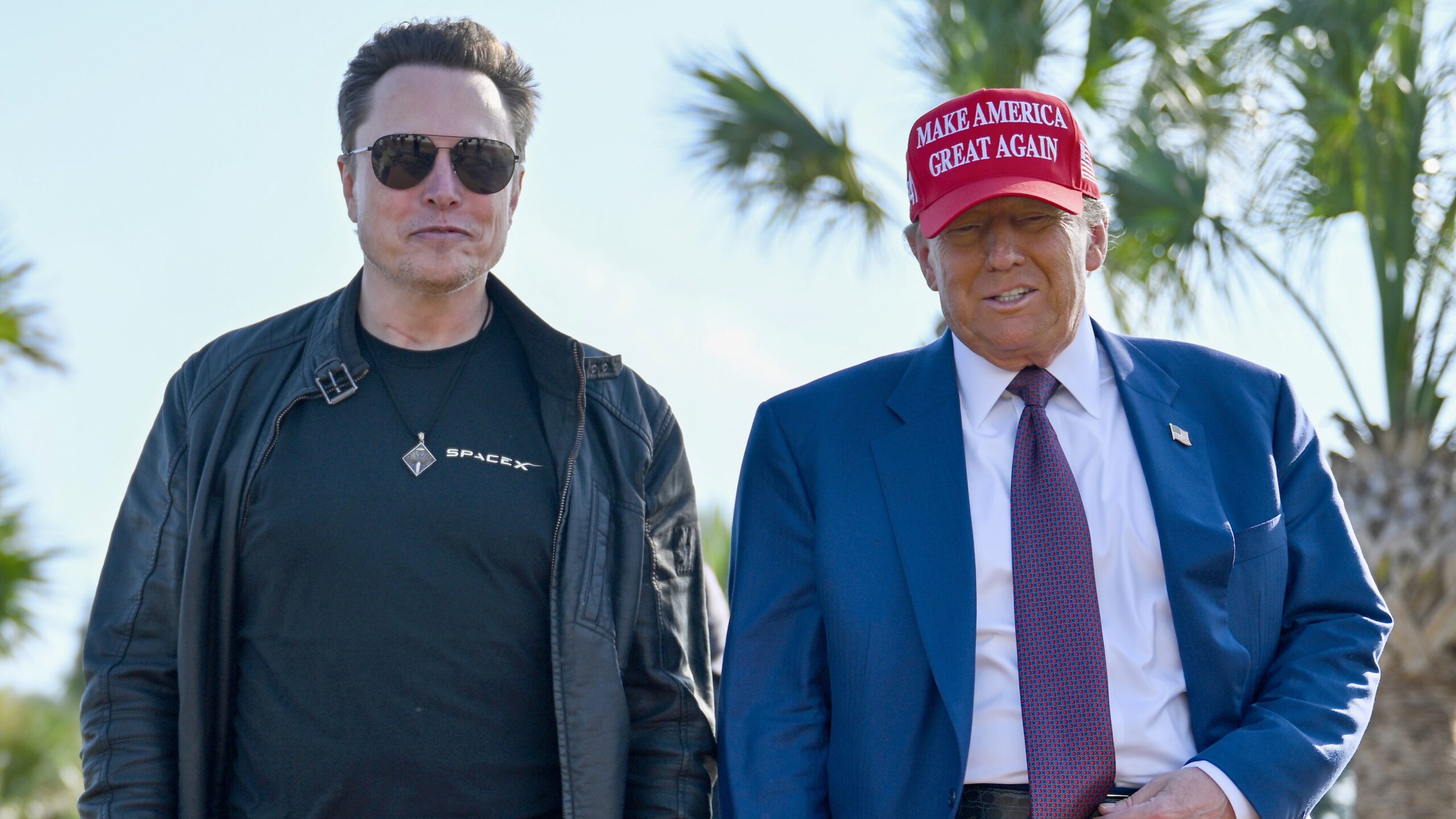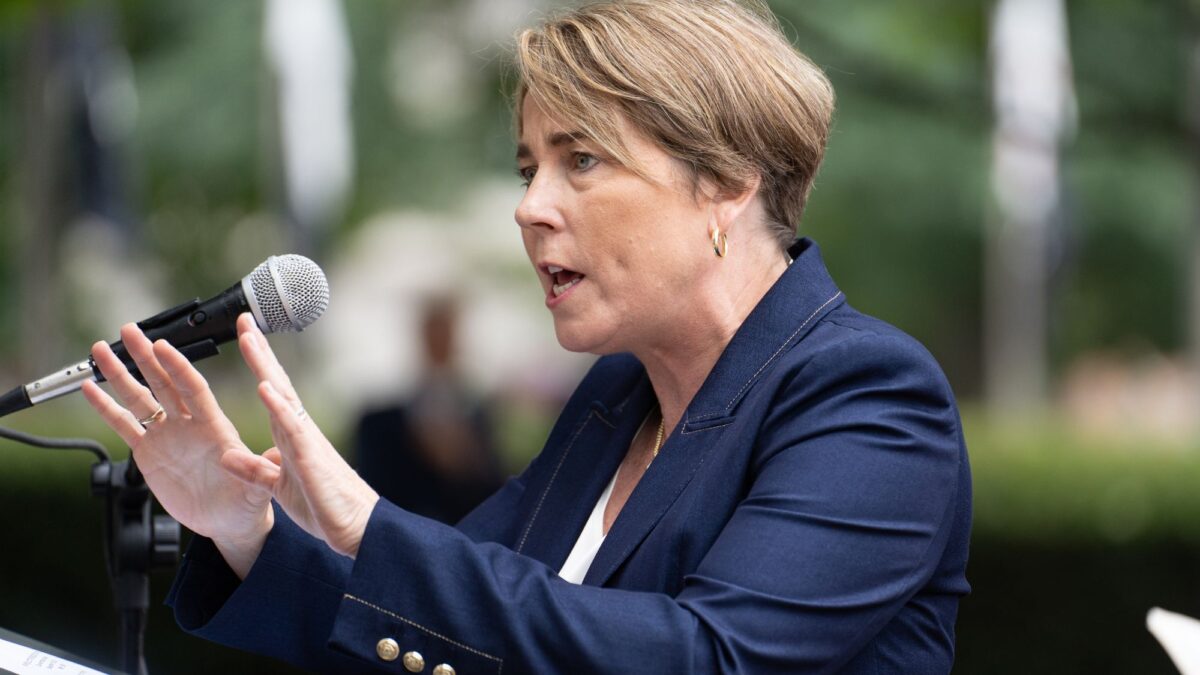How Vladimir Putin has revised Russia’s nuclear doctrine
Expert predicts missiles will be used 'unless he is deterred'



Introduction
Russia has announced it is changing its nuclear doctrine. In June 2024, President Vladimir Putin stated that. “…we are still thinking about what can be changed in this doctrine and how. This is because new elements are arising (at least we know that the potential adversary is working on it) related to lowering the threshold for using nuclear weapons.” This is a classic example of Russia inaccurately blaming the United States for what Russia is doing and what NATO is forced to react to. Two weeks before, Putin threatened Europe with nuclear destruction, declaring “…the Europeans must also consider: if those with whom we engage in such conflicts cease to exist, will the Americans participate in this conflict at the level of strategic weapons or not? I have serious doubts about it, and Europeans should reflect on this as well.” Thus, Putin echoed his Deputy Chairman of the Russian National Security Council (and former President) Dmitry Medvedev’s 2022 threat to use strategic nuclear weapons to defend the illegally annexed provinces of Ukraine that Russia had seized by force. (It sometimes appears that the Putin regime is trying to prove distinguished Russian journalist Pavel Felgenhauer correct when in 2008 he observed that “…our superiors are potentially ready to burn all of us in nuclear fire because of disputes over ice, rocks or South Ossetia.”) Putin also indicated that Russia might resume nuclear testing.
Russia’s New Nuclear Doctrine -September 2024
In September 2024, President Putin chaired a Russian National Security Council Meeting discussing the draft revised Russian nuclear doctrine. President Putin declared:
- “Over the last year specialists from the Defence Ministry, Foreign Ministry, Security Council Office and other agencies have made an in-depth and comprehensive analysis and evaluated the need for adjusting our approaches to a possible use of nuclear forces. Based on the results of this work, a number of updates have been proposed in terms of defining the conditions for using nuclear weapons.”
- “…the draft Basic Principles expand the category of states and military alliances in respect of which nuclear deterrence is exercised and expand the list of military threats to be neutralised by nuclear deterrence measures.”
- “The updated version of the document is supposed to regard an aggression against Russia from any non-nuclear state but involving or supported by any nuclear state as their joint attack against the Russian Federation.”
- “We will consider such a possibility [launch under attack] once we receive reliable information about a massive launch of air and space attack weapons and their crossing our state border. I mean strategic and tactical aircraft, cruise missiles, UAVs, hypersonic and other aircraft.”
- “We reserve the right to use nuclear weapons in the event of aggression against Russia and Belarus as a member of the Union State. All these issues have been agreed upon with the Belarusian side and the President of Belarus. Including the case when the enemy, using conventional weapons, creates a critical threat to our sovereignty.”
After the meeting, in his discussion of the new draft doctrine, Medvedev threatened a nuclear attack against NATO and characterized “numerous” unnamed NATO nations as “pygmies.”
Kremlin spokesman Dmitry Peskov said:
- After the adoption of the new doctrine “…a decision will be made on publication or non-publication and the date of it.”
- “Amendments to the document have now been formulated. I ask you to pay your attention: these are the Basic Principles of State Policy of the Russian Federation on Nuclear Deterrence. This is the second document, and together they make up what we so informally call the nuclear doctrine. They have been formulated. Yesterday they [the amendments] were voiced by the president, the main ones.”
- The determination of whether the conditions for using nuclear weapons are met “…is the prerogative of our specialists, our military, who are closely monitoring the weapons used and how they are being employed.”
Viktor Bondarev, the First Deputy Chairman of the Federation Council’s Committee on Defense and Security, and former Commander of the Russian Air Force, said that a Russian nuclear strike in response to United States, United Kingdom, and NATO policy on Ukraine, would be “deadly for the entire planet.”[1]
State-run TASS elaborated on what President Putin said:
– “The revised document has a broader list of countries and military alliances that are subject to nuclear deterrence.”
– “It adds more entries in the list of military threats, whose neutralization requires nuclear deterrence.”
– “Aggression against Russia by a non-nuclear country, but with the participation or support of a nuclear country, was proposed to be viewed as their joint attack on Russia.”
– “Reliable information about a massive takeoff of strategic or tactical planes towards Russia, or the launch of cruise missiles, drones, hypersonic weapons towards its territory may be interpreted as a sufficient reason for a nuclear response by Moscow.”
– “Russia reserves the right to use nuclear weapons in case of aggression against itself and its ally Belarus.”
– “Critical threat to Russian sovereignty with conventional weapons will be sufficient for a nuclear response.”
TASS also published an article by Igor Korotchenko, Editor-in-Chief of the National Defense Journal and Director of the Center for Analysis of Global Arms Trade, which said the new doctrine means:
- “We believe that if NATO begins combat actions against Russia collectively or in a coalition or by a single non-nuclear country, Russia can retaliate by engaging nuclear weapons.”
- “…deployment by Poland of a military contingent in Ukraine and its engagement in combat against Russia or if Romania and Poland begin to down Russian aircraft or cruise missiles over Ukraine. Moscow will consider it an aggression from the point of view of the international law and will have the right to engage nuclear weapons against military targets in the mentioned countries.”
- “If the United States delivers a strike at us with air or seaborne cruise missiles, we shall now consider it a casus belli and can retaliate by nuclear weapons at the USA.”
- “It is a completely new development, which was not listed in the previous doctrine. In case of a NATO collective or single-country aggression against Russia with conventional weapons, we shall consider the US, the UK and France to be the three nuclear allies. No strikes with conventional cruise missiles deep in Russia are possible without US planning, intelligence, and satellite navigation. Therefore, Russia will consider it a possibility for nuclear retaliation.”
- “These are completely new updates in the doctrine, which also has the confidential part where the situations for the use of nuclear weapons are described in detail.”
The most remarkable thing about Korotchenko’s statement is that TASS published it. Mr. Korotchenko did not say whether he had made out this will. He should have, since if what he is reporting is true and implemented, it could result in the destruction of Russia.
Just before Putin’s meeting on nuclear doctrine, state-run Sputnik News featured an article by Sergei Karaganov, an honorary chairman of the Presidium of the Council on Foreign and Defense Policy, and academic supervisor of the Faculty of World Economy and International Affairs at the Higher School of Economics, applauding Putin’s new nuclear doctrine, saying that, “Our adversaries should know that our president will make this decision [use nuclear weapons] or delegate the right to do so to someone else… If the adversary sees this readiness, then almost certainly there will be no more drone attacks on the Kremlin. We must understand that a war of annihilation is being waged against us.” He also said that “the reluctance to strengthen nuclear deterrence primarily benefits weaker nuclear powers, while Western nations continue to exploit their conventional military superiority.”
State-run RT also published an article elaborating on what Putin said:
- “Deep strikes by Ukraine and attack on Belarus would now trigger atomic response.”
- The new doctrine would treat “aggression against Russia by any non-nuclear state, but with the participation or support of a nuclear state” and their “joint attack,” crossing the nuclear threshold. (Emphasis in the original).
- Additionally, RT characterized Putin’s statement about responding to early warning data with a nuclear launch as “Lowering the nuclear threshold.” (Emphasis in the original).
Putin’s Prior Nuclear Doctrines
Russian nuclear doctrine is designed to facilitate nuclear intimidation. Since 2007, President Putin has been threatening to target his nuclear missiles against NATO. In 2014, Russian Foreign Minister Sergei Lavrov made an implied nuclear threat against NATO relating to a hypothetical NATO military response against the Russian seizure of Crimea by referencing Russian military doctrine. In 2015, President Putin said that during his Crimea invasion he would have put Russian nuclear forces on alert if it had been necessary.
In January 2024, Medvedev threatened a nuclear response under Paragraph 19 of the 2020 edition of Russia’s nuclear doctrine if Ukraine used Western supplied missiles to attack Russian missile launch sites (that were attacking Ukraine). In September 2024, Putin joined the chorus declaring that “…the United States and European countries – are at war with Russia. And if this is the case, then, bearing in mind the change in the essence of the conflict, we will make appropriate decisions in response to the threats that will be posed to us.” This was his response to a question about reports that the United States and the United Kingdom would allow Ukraine to use “high-precision long-range systems supplied by the West” against Russian territory. Medvedev, apparently taking his lead from President Putin, threatened that “…Kyiv could be turned into a ‘gray melted spot’ if restrictions against Ukraine’s use of Western weapons were loosened.”
These “long-range systems” against which Russia was threatening nuclear annihilation are actually among the shortest-range missiles that exist today. (The range of the Army Tactical Missile System [ATACM] is only 300-km). Russia is attempting to use the threat of nuclear war to make itself a sanctuary, despite its continuing vicious war of aggression against Ukraine. If it succeeds in doing so, Russia may be able to win the conflict despite Western assistance to Ukraine. If Russia wins, it will likely turn its attention to a NATO state or states as well as former Soviet states.
The original (1999) version of Putin’s nuclear doctrine, which he developed when he was Secretary of the Russian National Security Council Staff, involved the small scale use of low-yield nuclear weapons. This is still the core of Russian strategy, but threats of massive nuclear destruction have been common since Putin’s February 2022 invasion Ukraine. Indeed, Putin began the invasion with nuclear saber rattling: “Whoever tries to impede us, let alone create threats for our country and its people, must know that the Russian response will be immediate and lead to the consequences you have never seen in history.” According to Medvedev, “The idea of punishing a country that has one of the largest nuclear potentials is absurd. And potentially poses a threat to the existence of humanity.”
While there are clearly dangerous changes in Russian nuclear doctrine, the core elements apparently are similar. They are based on the assumption that the West will not make a nuclear response to a limited Russian nuclear attack. The threat of massive nuclear destruction is intended to increase Western fear of nuclear escalation.
Russian declaratory policy on the first use of nuclear weapons has never been fully made public. Indeed, in February 2024, the Financial Times revealed, “The [Russian] classified papers, seen by the Financial Times, describe a threshold for using tactical nuclear weapons that is lower than Russia has ever publicly admitted, according to experts who reviewed and verified the documents.”
Certainly, the June 2020 Putin decree on nuclear deterrence is the most complete official statement on Russian nuclear doctrine but it is not the full story. It reads:
19. The conditions specifying the possibility of nuclear weapons use by the Russian Federation are as follows:
a) arrival of reliable data on a launch of ballistic missiles attacking the territory of the Russian Federation and/or its allies;
b)use of nuclear weapons or other types of weapons of mass destruction by an adversary against the Russian Federation and/or its allies;
c) attack by adversary against critical governmental or military sites of the Russian Federation, disruption of which would undermine nuclear forces response actions;
d) aggression against the Russian Federation with the use of conventional weapons when the very existence of the state is in jeopardy.
Every subsection of paragraph 19 allows for the first use of nuclear weapons. Subparagraphs 19a, 19b and 19c all contain conditions for nuclear first use. Indeed, they are worse than the
most alarming of the Russian press reports concerning Russian willingness to use nuclear weapons first. The condition allowing for a nuclear response to the use of “other types of weapons of mass destruction…” (paragraph 19b) is broader than the three previous formulations in the Russian Presidential military doctrine documents which spoke specifically about responding to chemical and biological attack. Michael Kofman, from the Center for Naval Analysis, has pointed out it is “…unclear how weapons of mass destruction are defined, some Russian military writing posits conventional capabilities as having strategic effects similar to nuclear weapons.” According to Pavel Felgenhauer subparagraph 19a might be triggered by the launch of a single ballistic missile against Russia and this would be before Russia even knew what type of warhead the missile carried.
Medvedev’s reference to Paragraph 19 of Putin’s decree is apparently a reference to subparagraph 19c. (It is frequently inaccurately linked in the press to subparagraph 19d. Subparagraph 19d clearly does not logically apply because strikes on Russian non-strategic missiles cannot possibly threaten the “very existence” of Russia.) The relevance of subparagraph 19c to the Ukraine conflict is that it relates to the dual-capability (nuclear and conventional) of Russian non-strategic missiles. Because of the almost universal dual-capability of Russian non-strategic missile systems, attacks against almost any Russian non-strategic missile or related facility could be deemed to “undermine nuclear forces response actions.” Subparagraph 19c is potentially the most permissive aspect of the announced Russian nuclear use policy.
It is clear that the Russian nuclear weapons use threshold described in the 2010 and 2014 versions of Russian military doctrine, which contained only the language subparagraph 19d with regard to attacks on Russia not using nuclear weapons or WMD, was a deception designed to make Russia look more reasonable in light of President Obama’s “nuclear zero.” All of the content of paragraph 19 had appeared in the Russian press as Russian nuclear doctrine long before it was officially released by Putin in June 2020.
Paragraph 4 of Putin’s decree, while less specific than paragraph 19, is a key part of Russian nuclear doctrine. It reads:
4. State policy on Nuclear Deterrence is defensive by nature, it is aimed at maintaining the nuclear forces potential at the level sufficient for nuclear deterrence and guarantees protection of national sovereignty and territorial integrity of the State, and deterrence of a potential adversary from aggression against the Russian Federation and/or its allies. In the event of a military conflict, this Policy provides for the prevention of an escalation of military actions and their termination on conditions that are acceptable for the Russian Federation and/or its allies.
In light of the content of paragraph 4, it appears that Russian state-run RT and the independent Interfax news agency were accurate when they reported Russian nuclear doctrine allows for nuclear weapons first use “…if the sovereignty and territorial integrity of the Russian Federation are under threat.” Putin often cites defending Russia’s “sovereignty and territorial integrity” when he describes the combat role of Russian nuclear weapons and when he makes nuclear threats. The Financial Times report on the Russian documents it obtained implies a low threshold for determining when adversary military action represents such a threat. This included nuclear strikes in response to very small ground attacks on Russian territory which would be almost inevitable in any Russian war with NATO.
The last sentence of paragraph 4 is an apparent reference Russia’s “escalate to de-escalate” nuclear doctrine, which was explicitly stated in 2003 in the so-called “Ivanov doctrine.” It said,
“De-escalation of aggression is forcing the enemy to halt military action by a threat to deliver or by actual delivery of strikes of varying intensity with reliance on conventional and (or) nuclear weapons.”[2] In 2018, General John Hyten, then-Commander of STRATCOM, characterized Russian strategy as “escalate to win.”
Lowering the Nuclear Threshold
Russia’s 2024 non-strategic nuclear exercise, the first announced exercise of its type, involved extensive Russian nuclear warfighting. The Russian approach exploited its massive advantage in non-strategic nuclear forces largely resulting from the influence of the Liberal-Left on Western nuclear deterrence policy, and their continued pressure for even deeper nuclear cuts under the rubric of “Minimum Deterrence.”
A second set of classified Russian documents revealed by the Financial Times indicates that Russia had resumed tactical nuclear targeting of Britian and France, which had ended in the late Cold War Warsaw Pact war plan. This appears to be a direct result of the drastic post-Cold War reduction in the British and French nuclear capability made worse by the almost complete elimination of U.S. non-strategic nuclear weapons (retention of only a small number of bombs) and an arms control compliance policy which only rarely elicits a serious response to Russian violations. The United States has never responded to Russian violations of the 1991/1992 Presidential Nuclear Initiatives (ignored in State Department Compliance reports until 2020), despite the fact the violations were known almost two decades before) which eliminated almost all U.S. tactical nuclear weapons. This was made worse by the Obama Administration’s decision in the 2010 Nuclear Posture Review to eliminate nuclear SLCMs (submarine-launched cruise missiles).
The most important likely omission from all the public versions of Russian nuclear doctrine is any reference to preemptive nuclear strikes. In 2009, the Russian Defense Ministry even announced that Russia was classifying its nuclear doctrine. In September 2014, General of the Army (ret.) Yuriy Baluyevskiy, a former Chief of the Russian General Staff who developed the 2010 revision of Russia’s nuclear doctrine when he was Deputy Secretary of the Russian National Security Council, stated that the “…conditions for pre-emptive nuclear strikes…is contained in classified policy documents.”[3] Hardliners in the Russian military have pushed for inclusion of nuclear preemption in the public formulation. Reportedly this was included in the draft 2010 version of Russia’s military doctrine.[4] Ironically, it was then-President Medvedev who directed that the document be redrafted removing nuclear preemption from the public version.[5] (Just before this decision, Nikolai Patrushev, then-Secretary of the Russian National Security Council, had said Russian nuclear doctrine allows for the first use of nuclear weapons in “local” wars and allows for Russian nuclear preemption.)
A 2018 study by the Harvard Belfer Center found, “Military Thought [the Russian General Staff journal] has published at least 18 articles in support of preemption from 2007 to 2017.” Probably because of Russian classification, almost all of these articles did not specify weapons type.
Conclusion
Putin is walking a tightrope. On one hand, he is obsessed about expanding Russia’s borders and cares little about Russian casualties. On the other hand, he does not want to be seen as crazy or precipitate a substantial increase in Western nuclear capability. In the September 2024 Russian Security Council meeting, President Putin declared, “…the use of nuclear forces is the last resort measure to protect the country’s sovereignty.” At the same time, he threatened the West and lowered Russia’s threshold for nuclear weapons use. The Kremlin even said the changes were intended to be threatening to the West. Russia’s state-media picked up on this theme. Indeed, RT published an article entitled, “Putin’s nuclear doctrine updates are a final warning to the West.”
There are clearly new and dangerous elements in the latest iteration of Russia’s nuclear strategy. However, Peskov’s statement that both versions of “Basic Principles of State Policy of the Russian Federation on Nuclear Deterrence…together they make up what we so informally call the nuclear doctrine,” suggests substantial continuity. Some of the new language probably involves making public formulations more consistent with the classified versions.
President Putin stated that Russia had expanded “…the category of states and military alliances in respect of which nuclear deterrence is exercised and expand the list of military threats to be neutralised by nuclear deterrence measures.” Previous Russian doctrinal documents increasingly discussed Russia’s perceived threat from the United States and NATO, but this formulation is new. Putin gave no indication of what new states or alliances he was referencing. Since Russia certainly already targets NATO, this may refer to the Far East and possibly the Middle East.
According to TASS, nuclear weapons can be used in response to, “Aggression against Russia by a non-nuclear country, but with the participation or support of a nuclear country, was proposed to be viewed as their joint attack on Russia.” This is not new. It is based on an exception to Russia’s supposed commitment not to use nuclear weapons against non-nuclear states (i.e., the policy of negative assurances), although in the new context it is turned into a threat. The 1995 Russian negative assurances formulation reads, “…in the case of an invasion or any other attack on the Russian Federation, its territory, its armed forces or other troops, its allies or on a State toward which it has a security commitment, carried out or sustained by such a non-nuclear-weapon State in association or alliance with a nuclear-weapon State.” The Russian “commitment” was meaningless. After Russia’s “commitment,” it even staged nuclear strike exercises against Sweden, a neutral country, which posed no threat to Russia.
President Putin’s statement that Russia might launch nuclear strikes in response to a “massive launch of air and space attack weapons” including “strategic and tactical aircraft, cruise missiles, UAVs, hypersonic and other aircraft,” is clearly a major expansion of paragraph 19a of the 2020 version of Russia’s nuclear doctrine and is aimed at deterring NATO nations from allowing Ukraine to use Western supplied missiles against Russia. In a broader sense, it is an attempt to impose war losing constraints upon NATO in a future war with Russia. NATO cannot win a World War I-like border war against Russia because the public would not long support a war effort that produced massive casualties with no victory in sight.
The role of Russian nuclear doctrine includes information warfare. Russia seeks to create a situation where it can strike NATO but if NATO strikes back, Russia threatens nuclear destruction. It constitutes a backdoor version of nuclear preemption. The United States and NATO cannot accept such a constraint or it would almost completely negate the Western advantage in stealth aircraft and precision conventional weapons. Nuclear minimum deterrence, which the United States has gradually been moving towards, is unlikely to achieve this essential objective.
If Korotchenko is correct about the new Russian nuclear doctrine, it will almost certainly appear in the classified version. What he said reads like a more extreme version of what the Financial Times indicated was in classified 2008-2014 Russian documents it obtained.
Secretary of State Antony Blinken has characterized Putin’s new nuclear doctrine as “rattling the nuclear saber,” and as“…totally irresponsible” (Emphasis in the original). Irrespective of whether it is old or new, it is the content that is critically important.
Just prior to Russia’s invasion of Ukraine and the ensuing cascade of Russian nuclear war threats, the Biden Administration got Russia to sign a statement that said that, “We affirm that a nuclear war cannot be won and must never be fought.” High minded statements are not a substitute for nuclear deterrence. This one is particularly meaningless from a Western security standpoint and it is not even true. The American radical Left is fully capable of failing to deter a nuclear war and then losing it. Their advocacy of minimum deterrence or even nuclear zero would make the prospect of limited nuclear war (or in the case of nuclear zero a one-sided all out nuclear war) much greater and a Russian or Chinese victory quite possible. In 2024, President Putin even said he had “serious doubts” the United States would respond with strategic nuclear weapons if as a result of a war with Russia, Europe “ceases to exist.” If there is no in-kind retaliation against a Russian nuclear strike (which initially is likely to be very limited), Russian attacks will likely gradually escalate with increasingly severe consequences for NATO. The Russian revision of its public nuclear doctrine will very likely attempt to make this even more probable.
The West cannot depend on any supposed limitations on Russian nuclear weapons first use in any of Russia’s public documents. Noted Russian expert Alexi Arbatov has observed that if Putin decides to use nuclear weapons he will not read his nuclear doctrine first. He will do what he believes will advance Russia’s interests irrespective of what the documents say. It is necessary to ensure that he never sees the first use of nuclear weapons as advantageous to Russia.
The upcoming changes in the public version of Russian nuclear doctrine are important. They will likely impact what Russian generals and admirals think and, in particular, the thinking of the majors and colonels who will become the next generation of flag officers. Russia’s military will stage nuclear exercises based upon the new doctrine. It will shape Russian nuclear planning in many ways. The already rabid Moscow media will take its lead from the new document and from what is being reported about it in Russian state media. The most extreme elements in Russia will use it to push for nuclear weapons use against Ukraine and NATO. Moreover, it is likely that changes will be go beyond the content that will be officially made public.
It is likely President Putin will eventually use nuclear weapons unless he is deterred. His commitment to Russian military expansion is visceral. In September 2024, Lieutenant General Andrew J. Gebara, Air Force Deputy Chief of Staff for Strategic Deterrence and Nuclear Integration, said the Air Force was looking at new nuclear-war scenarios including, “What if, God forbid, there was a low-yield [nuclear weapon] use in Europe tomorrow?” This is a very useful if long overdue development. However, the 2024 Russian non-strategic nuclear exercise appears to indicate that Russia has gone well beyond a demonstration nuclear strike to actual nuclear warfighting if the demonstration does not achieve Russian objectives. This is an even more serious development and one that the United States and its allies are not currently postured to deal with or deter. The revised Russian nuclear doctrine is attempting to exploit these vulnerabilities – an overwhelming disadvantage in tactical nuclear weapons coupled with a lack of political will to undertake a winning strategy particularly with respect to Ukraine resulting from fear of nuclear escalation.
Dr. Mark B. Schneider is a Senior Analyst with the National Institute for Public Policy. Before his retirement from the Department of Defense Senior Executive Service, Dr. Schneider served as Principal Director for Forces Policy, Principal Director for Strategic Defense, Space and Verification Policy, Director for Strategic Arms Control Policy and Representative of the Secretary of Defense to the Nuclear Arms Control Implementation Commission. He also served in the senior Foreign Service as a Member of the State Department Policy Planning Staff.
Notes:
[1] “Russia: Updating Russia’s nuclear doctrine does not require changes to legislation – senator,” Asia News Monitor, September 30, 2024, available at https://dialog.proquest.com/professional/professionalnewsstand/docview/3110406700/fulltext/191A3F6701E3B09BD5A/29?accountid=155509&accountid=155509&site=professionalnewsstand&t:ac=191A3F6701E3B09BD5A/2&t:cp=maintain/resultcitationblocksbrief&t:zoneid=transactionalZone_6c95f7dd1f7c5.
[2] Russian Ministry of Defense, The Priority Tasks of the Development of the Armed Forces of the Russian Federation, (Moscow: The Defense Ministry of the Russian Federation, 2003), p. 70.
[3] “Russia Classifies Information on Pre-Emptive Nuclear Strikes—Military,” BBC Monitoring Former Soviet Union, September 5, 2014, available at https://dialog.proquest.com/professional/professionalnewsstand/docview/1560021754/fulltext/191664EC48565231C1C/1?accountid=155509&accountid=155509&site=professionalnewsstand&t:ac=191664EC48565231C1C/1&t:cp=maintain/resultcitationblocksbrief&t:zoneid=transactionalZone_2cd10eb138785.
[4] “Russian Military Doctrine Allows for Preventive Use of Nuclear Weapons—Paper,” BBC Monitoring Former Soviet Union, August 16, 2009, available at https://dialog.proquest.com/professional/professionalnewsstand/docview/460440957/fulltext/167BE7C2CB9710178D0/1?accountid=155509&site=professionalnewsstand&t:ac=167BE7C2CB9710178D0/1&t:cp=maintain/resultcitationblocksbrief&t:zoneid=transactionalZone_16858fafa43.
[5] “Army; Closed Part of New Military Doctrine to Define Legal Aspects of Forces’ Employment, Nuclear Weapons—Gen. Staff,” Interfax, August 14, 2009. (Transcribed by World News Connection).
SUPPORT TRUTHFUL JOURNALISM. MAKE A DONATION TO THE NONPROFIT WND NEWS CENTER. THANK YOU!
Originally Published at Daily Wire, World Net Daily, or The Blaze
What's Your Reaction?








